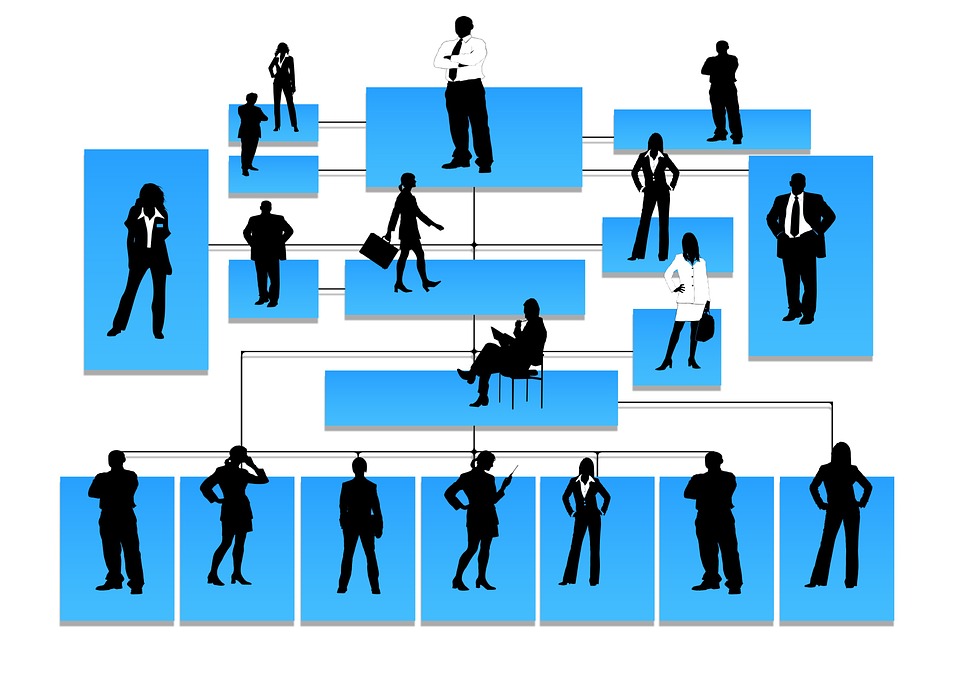The public benefits greatly when there are innovations in how our government approaches policymaking and regulation. However, sometimes barriers created by bureaucratic structures can slow implementation. When regulation and rigidity are holding us back, leaders are responsible for ensuring that our government institutions are allowing for change when our old ways of approaching challenges become antiquated.
Innovation in the Public Sector
Our traditional idea of innovation tends to point science and technology developments, like the iPhone or social media. Innovation within the public sector takes many forms. Journalist Alex Howard broadly defined public sector innovation as any government-created “new idea, technology or methodology that challenges and improves upon existing processes and systems, thereby improving the lives of citizens or the function of the society that they live within.” For example, the introduction of speeding cameras in the late 1980s in the U.S. is a public sector innovation that allowed local police to improve public safety by catching speeders more efficiently.
In the U.S., innovation in public policy takes place in many levels of government. For example, the Rebuild by Design program, launched in response to Superstorm Sandy, created a competition for innovators to develop creative solutions to problems posed by natural disasters. In Boston, this program created Climate Ready Boston (CRB). CRB works with the Boston city government to ensure that infrastructure is created to withstand the impacts of climate change, like rising sea levels and extreme temperatures. Another public sector innovation, the Citizen Archivist Initiative, uses online tools and crowdsourcing to make public records more easily accessible to the public.
United States Efforts to Encourage Public Sector Innovation
Within the last 30 years, federal executive and legislative action have also encouraged innovation within the public sector. For example, the Small Business Research and Development Enhancement Act of 1992 gave the Small Business Administration the ability to conduct the Small Business Innovation Research Program to better serve small businesses. Later, President Bill Clinton’s Executive Order 13103 placed an emphasis on increasing government awareness of computer vulnerabilities, demonstrating that the government would be adapting to new technologies.
President Barack Obama emphasized this as well. In 2009, his administration released the Strategy for American Innovation to increase efforts to support American innovators. In 2015, they released an updated strategy that placed importance on public sector innovation. The new strategy includes “new efforts to make the Federal government more innovative to improve performance and create a better environment for innovation by the private sector and civil society.”
Public Sector Innovation Around the World
Public sector innovation is not unique to the United States. The Organization for Economic Cooperation and Development’s Observatory of Public Sector Innovation tracks these innovations for each member country. In Iceland, the Reykjavik Metropolitan Police Department began using social media to connect with citizens. In the United Kingdom, policy innovation took place through the creation of the What Works Network, an evidence-collection initiative to inform policy decisions.
Although there are success stories, innovation in the public sector can be difficult. Government agencies tend to be deeply entrenched in the rigidity of bureaucracy, a structure that can hinder creativity.
How Can We Boost Innovation within Government Agencies
We should want to encourage policy innovation. However, this is easier said than done. The hierarchical layout of many government agencies can be beneficial for clarity and accountability, but it can also inhibit creativity, thereby stifling innovation. Bureaucratic structures can prevent change and creativity. How can we overcome these obstacles?
University of Connecticut and Georgia Tech researchers found that workplace environment can enhance or curtail creativity. Encouraging creativity is essential for innovation. Employees must have the time, physical resources and supportive peers to implement innovative solutions. Within a government agency, these factors could manifest in many forms: Collaborative and open work spaces, efficient technologies like portable laptops and tablets and smart deadlines that are both challenging and realistic can all be effective.
The Importance of Leadership
The barriers to change in the government bureaucracies can make innovation difficult. Leadership plays a large role in whether bureaucratic organizations successfully overcome the obstacles that accompany bureaucracies. Leaders must actively prioritize innovation. The Harvard Business Review suggests, “Leaders of big bureaucracies need to get — and keep — everyone enthused, create and communicate a future vision, assure support during the transition, insist on excellence, create demands on managers and convince everyone of top management’s conviction and commitment to change.”
Simply articulating creativity as a goal can improve creativity of groups. When leaders direct groups to develop creative solutions, their groups generate more creative results than groups who are not given this instruction. If leaders want to see creativity amongst their employees, they should communicate that creativity is a goal for every project.
Hierarchies can often be complex and make it difficult for senior leadership to stay in touch with employees on the lower end of the hierarchy. To combat this, leaders need to make themselves available to employees. Open communication between leaders and lower-level employees can promote development of new ideas.
Further Applications
Any business that is looking to transform their culture to encourage creativity and innovation can use these lessons. Change requires sustained efforts on the part of leadership. With continuing organizational support, the benefits can be great.

